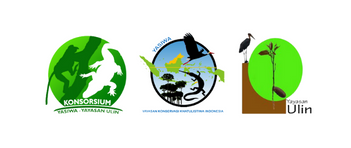Phaenicophaeus diardi
Cuculidae
Nama : Kadalan Beruang/Black-bellied Malkoha
Deskripsi : Berukuran cukup besar (34 cm). berwarna kelabu, dengan sayap mengilap hijau dan kulit botak merah di sekitar mata. Bercak putih lebar di ujung ekor terlihat dari bawah. Rata-rata lebih pucat dan dengan kulit wajah lebih merah gelap dibandingkan kadalan saweh, serta tidak memiliki perut cokelat berangan gelap. Paruh hijau dan kaki abu-abu biru. Menghuni hutan dan tepian hutan di dataran rendah dan kaki perbukitan.
Sebaran : Semenanjung Malaysia, Kalimantan, dan Sumatera.

